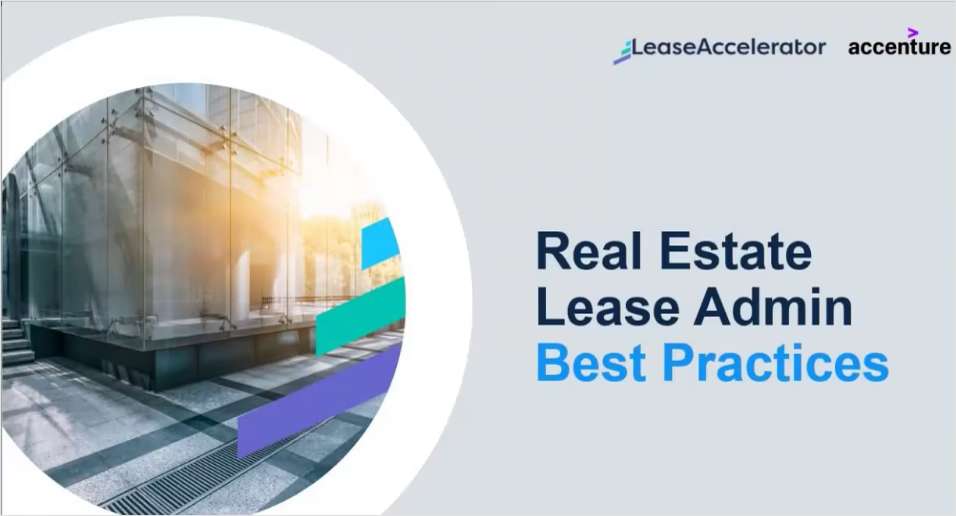MIAMI—What are the biggest challenges in today's industrial leasing market? How do you get past those challenges? What does 2014 hold? GlobeSt.com caught up with Steve Medwin, a managing director at Jones Lang LaSalle, to get his take on these and other questions in part two of our exclusive interview. Be sure to go back and read part one, "Creativity Key to Getting Industrial Deals Done."
GlobeSt.com: What do you see as some of the biggest challenges in today's market when it comes to getting this industrial real estate leases done?
Medwin: The challenges are typically meeting each party's expectations. We have a landlord that has a return requirement to develop or to lease the building or to pay a certain price on a certain basis. We have to line that up with what the tenant wants to pay.
Real estate is typically 5% to 10% of the total cost of the supply chain. Yet for the landlord it's 100% of what they're focused on. It's that asset: How much did they pay for the building? How much are they going to get in rent? What is the building is going to be worth? By contrast, on the tenant side that's a small portion of the decision.
The other part is transportation, labor, and inventory and all those other assets that are totally unrelated to the real estate part. You have to understand that people look at things differently and then try to find a way to match both of those together for a win-win: the tenant is happy with what they're getting and the developer is equally happy.
There's a lot more behind the scenes in trying to figure out and understand what each group's motivation drivers and hurdles are so you can put together a deal. It's not just a round peg in a round hole and you're done. It's really trying to be thoughtful and understand both sides so you can come up with a resolution or solution that works for everybody.
GlobeSt.com: Are you able to share any recent examples of sort of challenge and how you over came it or does that sort of violates client privilege?
Medwin: We represented a landlord on a spec building that they built in Medley in Miami. It is 186,000-square-foot building, and it's under construction.
They're talking to a third-party logistics company that has a contract to distribute a beverage product. So at the end of the day timing is critical. They had a lease expiring and needed to expand. The building was under construction and they're trying to determine exactly when it would be finished so that we could confidently say it would be ready when the tenant needed it.
The tenant who signed the lease is working on the contract with the beverage producer. So they have a set price that they can pay to make their contractor stick with that contract. So again, we're working from that point of view. We know what our landlord wants to get for rent. We're being told what the tenant needs to pay for rent.
We were able to put this together and we ended up leasing 186,000-square-foot building about two months after it was completed and they're about to move in and everybody is happy. That's the end result. The process was a pretty complicated process that's trying to address each of those needs or requirements.
GlobeSt.com: Are there any trends that you're noticing in handling industrial real estate leasing transactions? Is there anything new that's anything different?
Medwin: I think the sophistication of the tenants is much greater than in the past. The supply chain now includes their housing and leasing space or owning buildings and transportation/trucks and shipping overseas from the suppliers. There are Chief Supply Chain Officers at many of these big companies trying be efficient as possible in getting the products from point A to point B.
So there's a lot more focus on the whole picture than just the real estate. It's not just about the real estate director going out anymore and saying "100,000 square feet or 500,000 square feet." That's a bit of a different animal than say 10 or 15 years ago when there was a real estate director trying to get the cheapest price for warehouse space that was more of a commodity. Now, they want to make sure they get the design and the specs and the location just right to help keep their cost down for the whole supply chain.
GlobeSt.com: How do you expect the industrial real estate market to change in 2014? Will there be changes and if so how will that impact leasing?
Medwin: We're seeing a steady increase of speculative construction. Those are buildings that are built without tenants in mind. There was almost none of that development going on in 2009, 2010, even in 2011. There was a low for about three years and now it's coming back and it's heating up. That's a different model. So in some markets there may be five or 10 new buildings being built simultaneously, which adds a challenge because now there are more options for the tenants.
Tenants put pressure on rental rates and brokers need to be savvy understanding how they're going to compete when there used to be just one new building vying for a deal. Now you've got six or eight. How do you compete effectively? How do you help direct and counsel your client in building it, what to build, and how to price it, and how to market it because you've got a lot more competition than you have 18 months to 24 months ago? So it's changed the game quite a bit in the last two years.
Want to continue reading?
Become a Free ALM Digital Reader.
Once you are an ALM Digital Member, you’ll receive:
- Breaking commercial real estate news and analysis, on-site and via our newsletters and custom alerts
- Educational webcasts, white papers, and ebooks from industry thought leaders
- Critical coverage of the property casualty insurance and financial advisory markets on our other ALM sites, PropertyCasualty360 and ThinkAdvisor
Already have an account? Sign In Now
*May exclude premium content© 2024 ALM Global, LLC, All Rights Reserved. Request academic re-use from www.copyright.com. All other uses, submit a request to [email protected]. For more information visit Asset & Logo Licensing.








